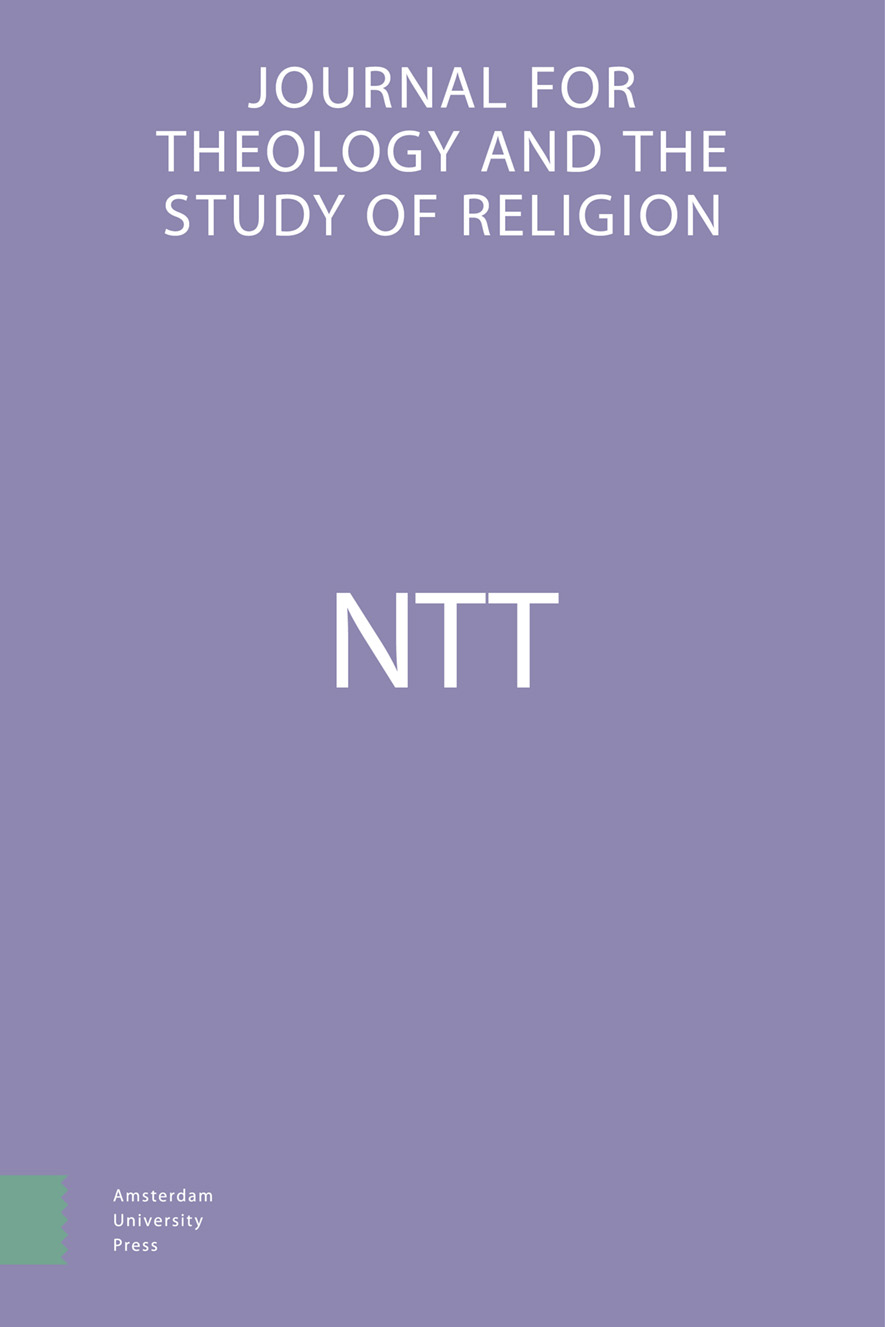-
oa A Catholic Modernity 25 Years on
- Amsterdam University Press
- Source: NTT Journal for Theology and the Study of Religion, Volume 75, Issue 3/4, Sep 2021, p. 482 - 507
Abstract
Abstract
This essay develops central themes which I have originally set out in my lecture “A Catholic Modernity?” of 1996. I extend those initial reflections by offering further considerations which I have elucidated over the last 25 years. These include the significance of understanding disenchantment and unbundling in coming to terms with the changes involved in modernity. I also sketch a multi-layered hermeneutical approach for “reading the signs of the times” from a Christian perspective.
© Charles Taylor
Keyword(s):
Axial Age;
Catholic modernity;
disenchantment;
moral “progress;
seekers and conservers;
the end of Christendom;
the immanent frame;
transcendence;
unbundling;
” the ethic of the Enlightenment and of Christians today.


